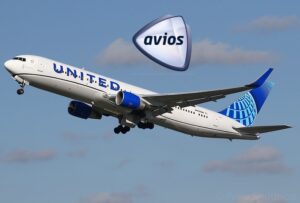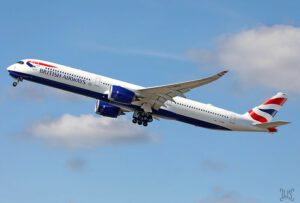Boeing 747 vs Airbus A380. It’s been the battle of the giants since Airbus first launched its A380 model in December 2000. A battle between the ‘Queen of the Skies’ and the new upstart. And today, Valentines Day 2019, Airbus conceded defeat.
First announced as a project at the Farnborough Airshow in 1990, Airbus wanted to break the dominance of Boeing in the Very Large Airliner (VLA) market. Boeing’s 747 model had had the market pretty much to itself since 1969. The Douglas DC-10 and Lockheed TriStar were both smaller and, initially at least, had less range than the iconic ‘Jumbo Jet’.
By the launch date in December 2000, Airbus had garnered 50 orders from six airlines. It estimated development costs for the project at EUR9.5 billion. Actual eventual development cost estimates vary. Airbus admitted to EUR15 billion, but some analysts placed the figure at EUR20 to 25 billion.

One customer dominated the A380 order book: Emirates. Of the 313 aircraft ordered to date, 162 have been placed by the huge Dubai-based carrier. Although also ordered by other major airlines, no others placed such large orders, Singapore Airlines fleet of 24 being the next largest.
So, what went wrong for Airbus? It wasn’t competition from the Boeing 747-8. Only three airlines ordered the passenger variant of the new Jumbo Jet and there are none currently in production. The woes of the A380 were down to two related things: fuel-efficient twin-engined airliners and a change in travel patterns.
Boeing introduced stretched versions of its popular Boeing 777 and Airbus itself stretched its A350 model to seat up to 440 passengers in the series -1000 variant. Passenger travel habits changed too. More direct flights were demanded by customers, rather being forced through major hubs to get to their destinations.
Additionally, the Boeing 787 and Airbus A350 opened up so-called ‘long, thin’ routes. Routes that couldn’t sustain a VLA but linked other major cities. Qantas non-stop London to Perth, BA’s London to Nashville and Qatar’s Doha to Auckland being just a handful of examples.
Airbus gamely hung on to the A380 project in the hope of further orders from Emirates and possibly British Airways, but these didn’t materialise. Coupled with that, Qantas cancelled orders it had placed, and Air France announced that it was reducing its A380 fleet by half, down to just five aircraft by 2021.
Boeing’s 747 celebrated its 50th birthday on 9 February this year. Just five days later, Airbus pulled the plug on its more youthful double-decker. Although no passenger 747-8s are currently on order, Boeing is still making cargo versions and expects production to continue until at least 2022.







2 Responses
So much information in one article. I love the simplicity of your site and how well you write. Though I know little or nothing about aviation. I’m trying to do a write up on some stuff on aviation, and I believe your website will really do a lot helping me to achieve what I have in mind. Thanks
This is my first time seeing a wonderful write-up on Boeing 747 vs Airbus A380 market
Airbushas put itself at the top of the aircraft-building world with the A380 which has been in the market for many years now while boeing 747 -8s is a new aircraft. Boeing 747-8s can later be the next top aircraft that will top the market because there is always room for improvement